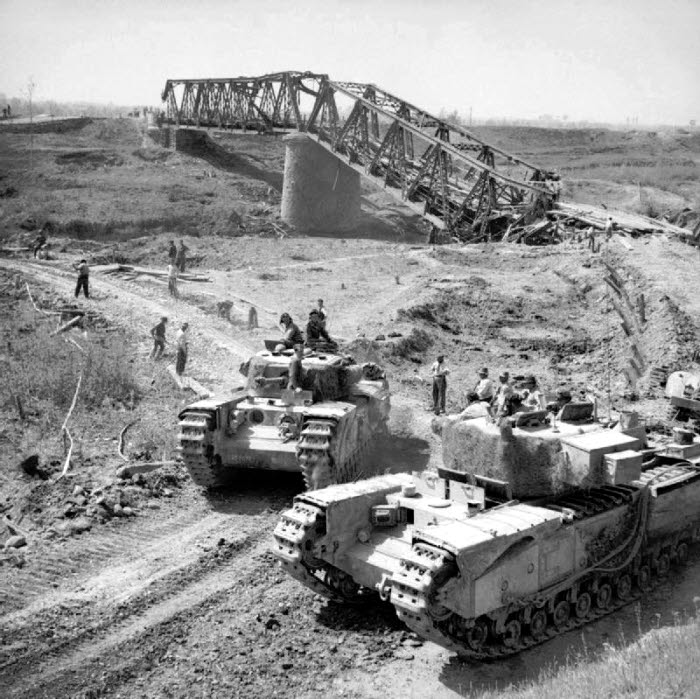
John Ibbeson was born in Wakefield on the 17 March 1910, the son of Barnsley born Henry Ibbeson and Derbyshire born Sarah Ann Warren, who married at Outwood on the 13th August 1892. John’s father, Henry, a coal miner, sadly was to die on the 26th May 1914, at the Workhouse Infirmary, Barnsley. John Ibbeson, the youngest child of five surviving children, was just three years of age when his father died, but further tragedy was to strike the family when John’s eldest brother, William, died serving his country in WWI on 26th August 1916. William, aged 23 years, was serving with the 6th battalion of the King’s Own Yorkshire Light Infantry and was buried at Boulogne Eastern Cemetery.
In 1911, John Ibbeson, aged one year, was living at 12, Milton Street, Barnsley with his parents and four of his five surviving siblings. In late 1936, John married Ivy Parker Thewlis in the Dewsbury area. John and Ivy, who was born on the 9th August 1910, were both 26 years of age. By September 1939 the couple were living at 4 Mount Terrace, High Street, Gawthorpe, Ossett and John was working as a banksman in a stone quarry. The couple had two children, Norman born late 1937 and Christine born in late 1940. Sadly Norman died shortly after his birth.
Following the tragic death of her husband Ivy Parker Ibbeson married Tom W. Smith in summer 1949 in Ossett. The couple appear not to have had children.
The Spring 1945 offensive in Italy, codenamed Operation Grapeshot was the final Allied attack during the Italian Campaign in the final stages of the Second World War, launched by the 15th Allied Army Group, the Plain started on the 6th April 1945, ending on the 2nd May with the formal surrender of German forces in Italy. Corporal John Ibbeson was very unlucky to lose his life during the final stages of WW2 in Europe.

Above: Allied Italian campaign in April 1945.
Corporal John Ibbeson died on the 9th April 1945, aged 35 years and is remembered on Panel 3 of the Cassino Memorial in Italy. Cassino War Cemetery lies in the Commune of Cassino, Province of Frosinone, 139 kilometres south-east of Rome.
On 3 September 1943 the Allies invaded the Italian mainland, the invasion coinciding with an armistice made with the Italians who then re-entered the war on the Allied side.
Progress through southern Italy was rapid despite stiff resistance, but by the end of October, the Allies were facing the German winter defensive position known as the Gustav Line, which stretched from the river Garigliano in the west to the Sangro in the east. Initial attempts to breach the western end of the line were unsuccessful. Operations in January 1944 landed troops behind the German lines at Anzio, but defences were well organised, and a breakthrough was not actually achieved until 18 May, when Cassino was finally taken.
The site for Cassino War Cemetery was originally selected in January 1944, but the development of the battle during the first five months of that year made it impossible to use it until after the Germans had withdrawn from Cassino. During these early months of 1944, Cassino saw some of the fiercest fighting of the Italian campaign, the town itself and the dominating Monastery Hill proving the most stubborn obstacles encountered in the advance towards Rome. The majority of those buried in the war cemetery died in the battles during these months.
There are now 4,266 Commonwealth servicemen of the Second World War buried or commemorated at Cassino War Cemetery. 284 of the burials are unidentified.
Within the cemetery stands the Cassino Memorial which commemorates over 4,000 Commonwealth servicemen who took part in the Italian campaign and whose graves are not known.1
References: